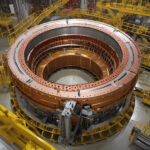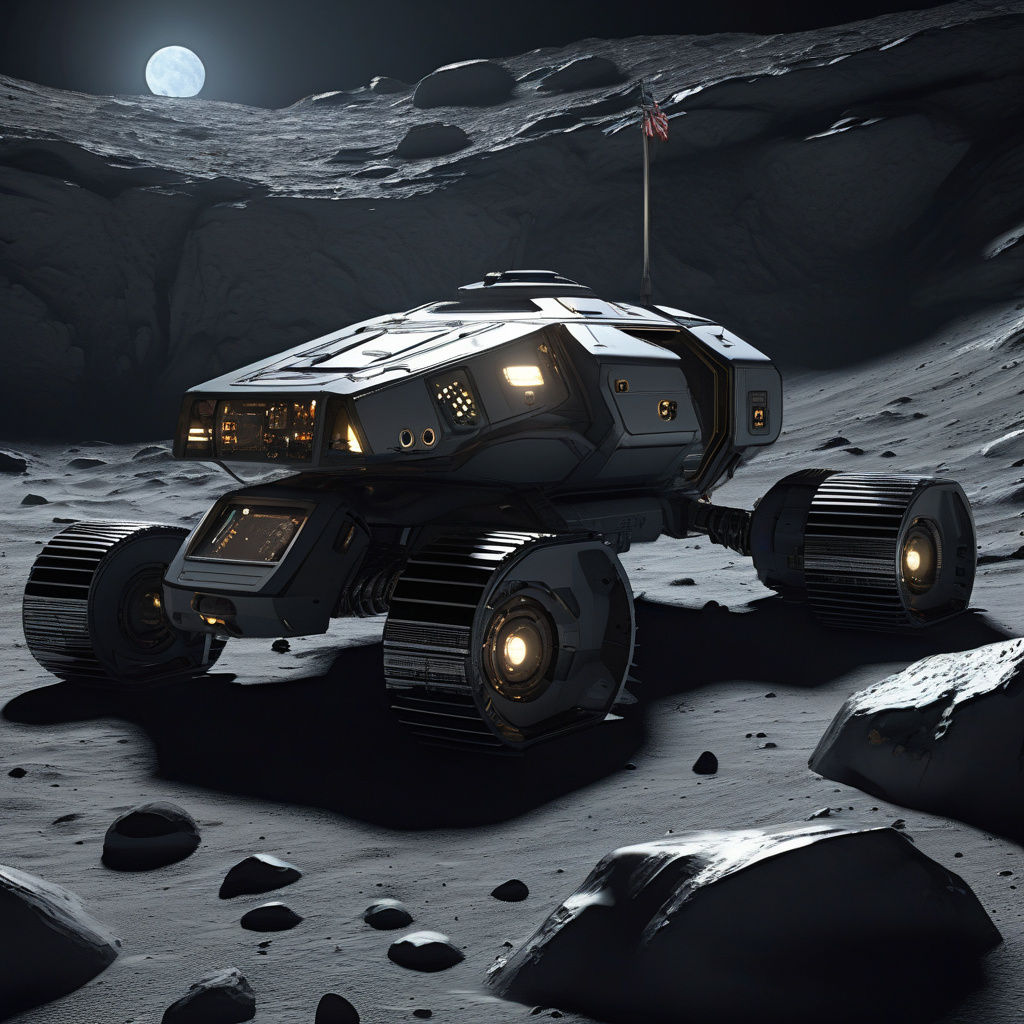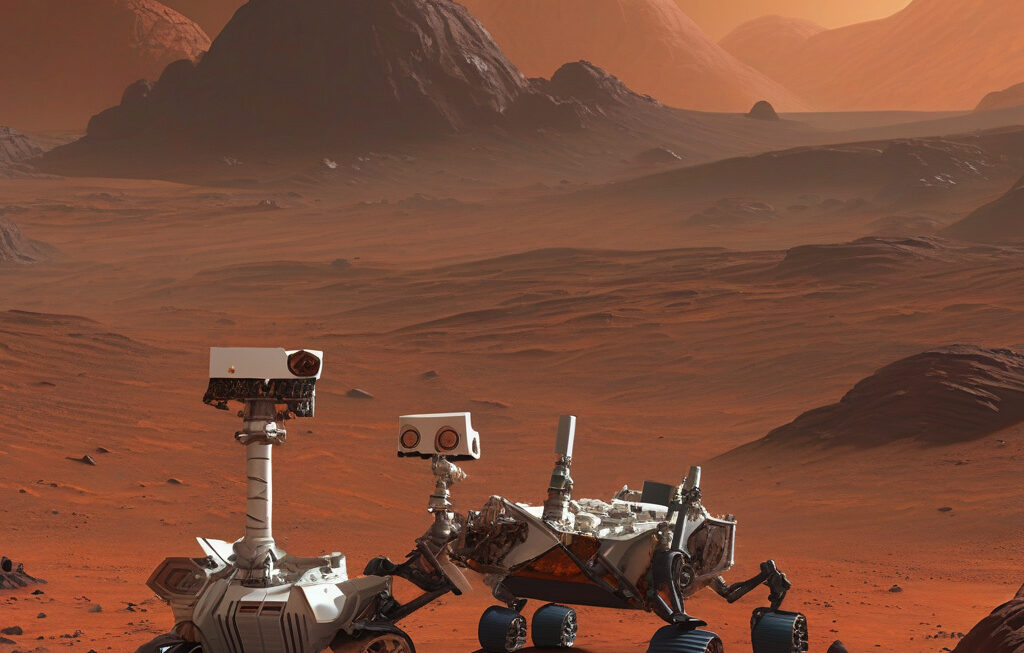Autonomous Robots Rappel into Lunar Caves to Test Exploration Techniques
Future missions to Mars and the moon may involve exploring underground lava tubes. These natural formations could provide shelter for astronauts, protection from harsh surface conditions, and access to valuable resources. To prepare for such missions, researchers are turning to autonomous robots capable of rappelling into lunar caves to test exploration techniques and gather crucial data.
The idea of sending robots into caves on other celestial bodies is not new. In recent years, advancements in robotics technology have made it increasingly feasible. These autonomous machines are equipped with sensors, cameras, and other scientific instruments to navigate the dark and treacherous terrain of caves. By rappelling down vertical shafts and maneuvering through narrow passages, they can create detailed maps, collect samples, and assess the caves’ suitability for human exploration.
One of the main challenges of exploring lunar caves is communication. The lack of direct line-of-sight to Earth means that robots must be able to operate autonomously without real-time guidance. To address this issue, researchers are developing AI algorithms that enable robots to make decisions on the fly, adapting to unexpected obstacles and changing conditions. This autonomy is essential for the success of cave exploration missions where human intervention is not possible.
Moreover, the data gathered by these robots is crucial for understanding the geological history of the moon and identifying potential sites for future human habitats. By analyzing rock samples, measuring radiation levels, and mapping out cave networks, scientists can piece together the moon’s past and assess its potential for sustaining life. This information is invaluable for planning long-term missions to establish a human presence beyond Earth.
In addition to their scientific value, autonomous robots play a key role in advancing robotics technology for space exploration. The challenges of navigating dark, unpredictable environments push the boundaries of what robots can achieve. By developing robots that can operate independently in extreme conditions, researchers are laying the groundwork for future missions to Mars, asteroids, and other celestial bodies.
The successful deployment of autonomous robots in lunar caves highlights the potential of robotics in space exploration. As technology continues to evolve, these robots will become indispensable tools for conducting scientific research, gathering data, and preparing for human missions to other worlds. With each mission, researchers gain new insights and refine their techniques, bringing humanity one step closer to becoming a multi-planetary species.
In conclusion, the use of autonomous robots to rappel into lunar caves represents a significant milestone in space exploration. By testing exploration techniques and gathering valuable data, these robots are paving the way for future missions to Mars and beyond. As we continue to push the boundaries of what is possible, autonomous robots will play an increasingly important role in shaping the future of space exploration.
#AutonomousRobots, #LunarCaves, #SpaceExploration, #RoboticsTechnology, #FutureMissions












